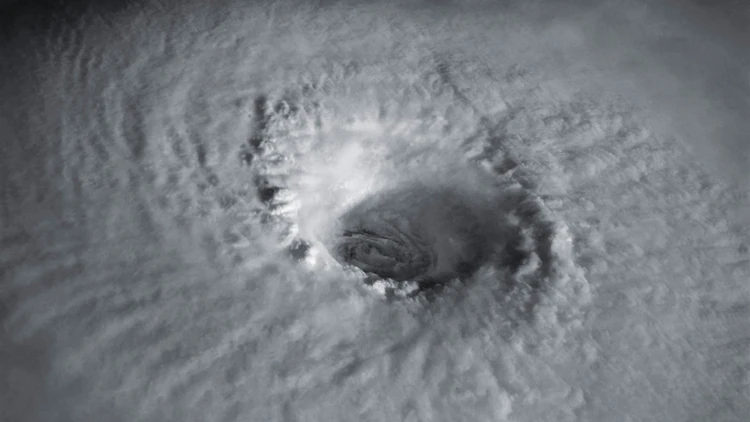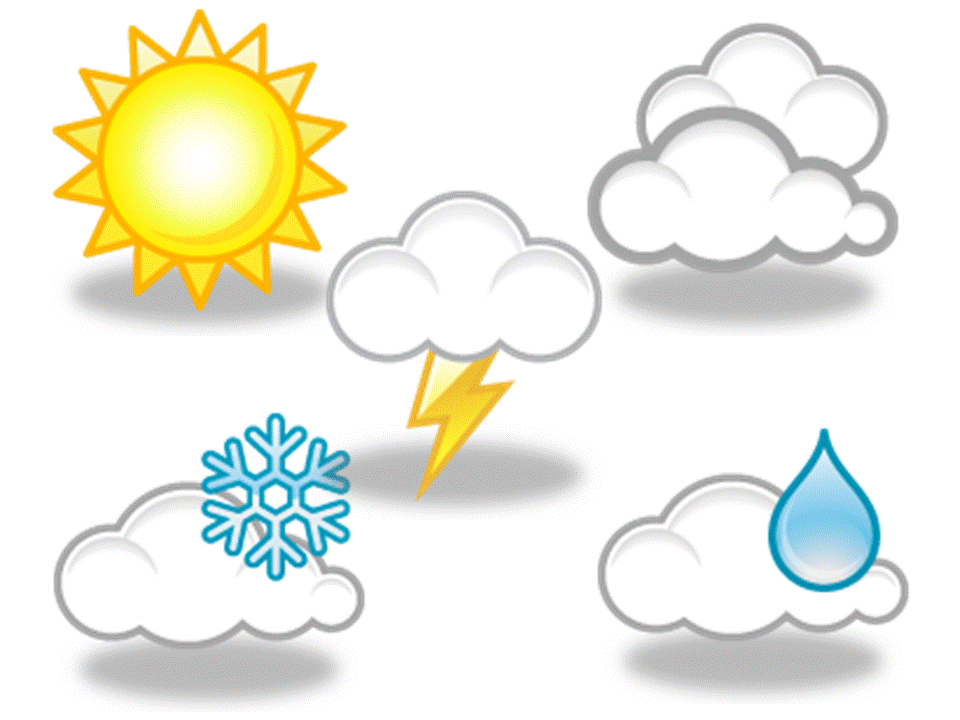A bad season for storms could be a nightmare

In case you havent seen the forecasts, the 2024 hurricane season is expected to be particularly nasty. For consumers living along the Atlantic and Gulf coasts, a string of bad storms could be costly, even if their property never receives any damage.
Thats because the insurance industry operates on a pooled risk system. Everyone in the area pays higher premiums to compensate homeowners who file claims.
The Weather Channel predicts the 2024 hurricane season will likely be one of the most active on record, with 25 named storms and 12 hurricanes. If there is a surge in damage claims in a region, industry experts say insurance companies would have to raise rates in order to cover the claims.
Some insurance customers say rates have already risen beyond the affordable range. Judy, of Prattville, Ala., said she has been a longtime GEICO customer for auto insurance and turned to partner company Travelers for homeowners coverage.
The rate rose every year until I had to drop coverage last year due to financial hardship, Judy wrote in a ConsumerAffairs review. $345.50 per month is the amount that I had to pay. This is robbery, in my opinion.
William, of Homer City. Pa., has State Farm for homeowners coverage and says he has experience trying to file a claim for weather-related damage.
Back-to-back wind storms
We had two back-to-back wind storms resulting in damages all over the area, he told us. Obviously we experienced damage resulting in shingles being ripped off, along with gutters, and shutters. Their adjuster claimed only four shingles were missing and 40 needed replaced. I have no ridge caps left on my house, that wasn't included in their estimate along with piecing together the gutters that were damaged.
William is unhappy, saying the rest of the roof shingles are now weakened and will eventually blow off In the next storm.
Just like car insurance, homeowners insurance rates have seen sharp increases.According to Realtor.com, the average homeowners insurance premium rose 11.3% in 2023 but increased at a much faster rate in some states, rising nearly 60% in Texas and nearly 58% in Colorado.
Photo Credit: Consumer Affairs News Department Images
Posted: 2024-05-22 10:55:50




















